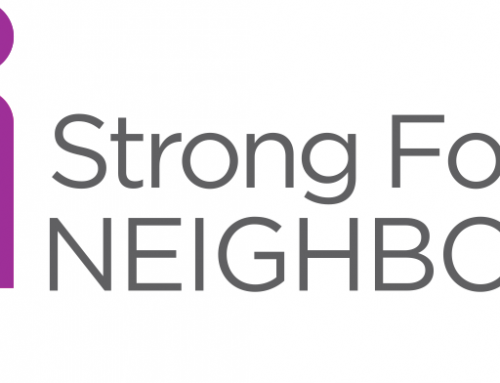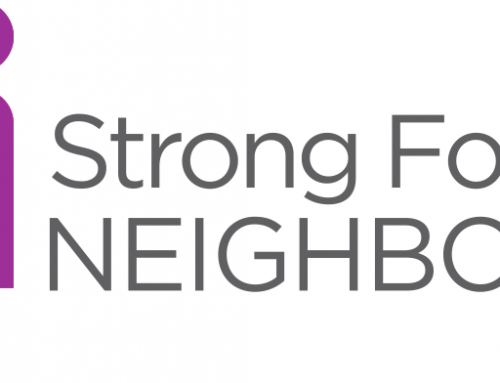On Census Day, 21.9% of the population reported they were or had ever been a landed immigrant or permanent resident in Canada. This proportion is close to the 22.3% recorded during the 1921 Census, the highest level since Confederation.
In 2016, Canada had 1,212,075 new immigrants who had permanently settled in Canada from 2011 to 2016. These recent immigrants represented 3.5% of Canada’s total population in 2016.
The majority (60.3%) of these new immigrants were admitted under the economic category, 26.8% were admitted under the family class to join family already in the country, and 11.6% were admitted to Canada as refugees.
For the first time, Africa ranks second, ahead of Europe, as a source continent of recent immigrants to Canada, with a share of 13.4% in 2016. Asia (including the Middle East) remains, however, the top source continent of recent immigrants. In 2016, the majority (61.8%) of newcomers were born in Asia.
Toronto, Vancouver and Montréal are still the place of residence of over half of all immigrants and recent immigrants to Canada. More immigrants are settling in the Prairies and in the Atlantic provinces.
In addition to contributing to the social and economic development of the country, immigrants and their descendants play a significant role in shaping and enriching the ethnic, cultural and linguistic composition of the Canadian population. The 2016 Census results released today show the various facets of diversity in Canada.
Published By: Statistics Canada
Publication Date: October 2017
View Immigration and Ethnocultural Diversity: Key Results from the 2016 Census








